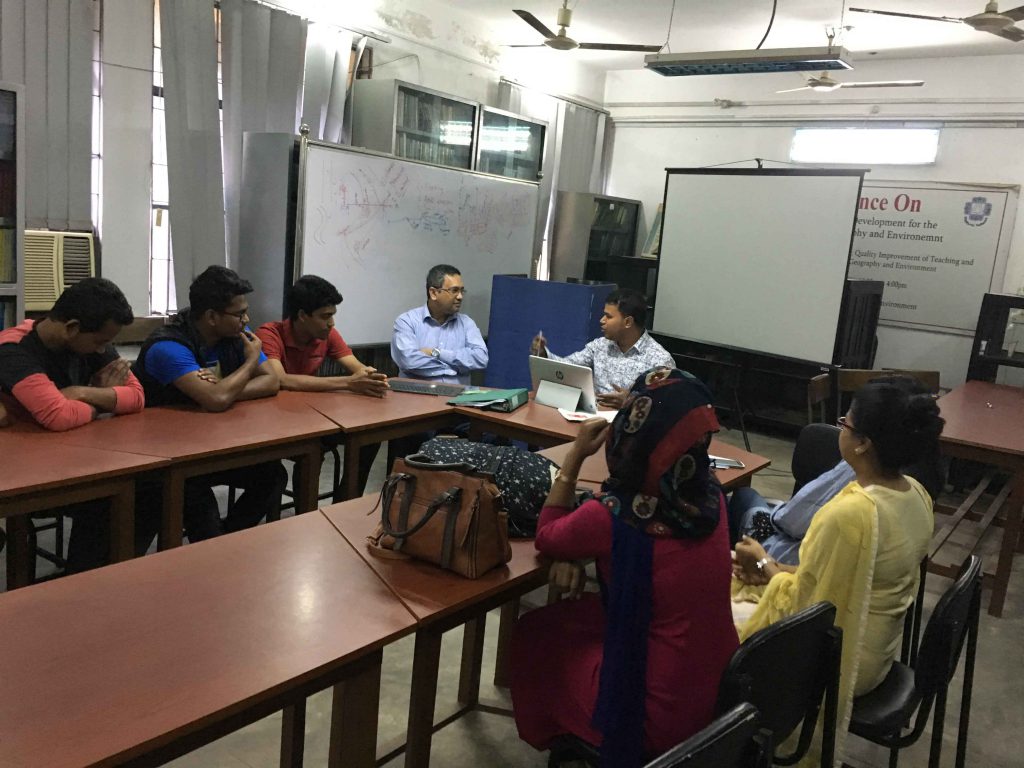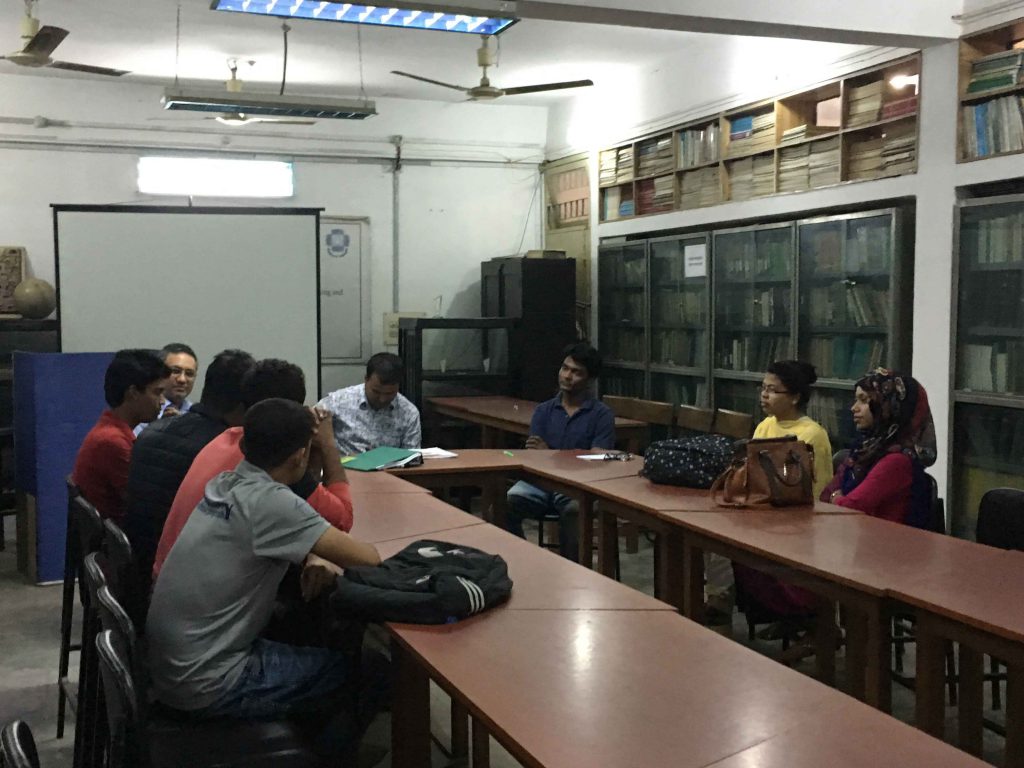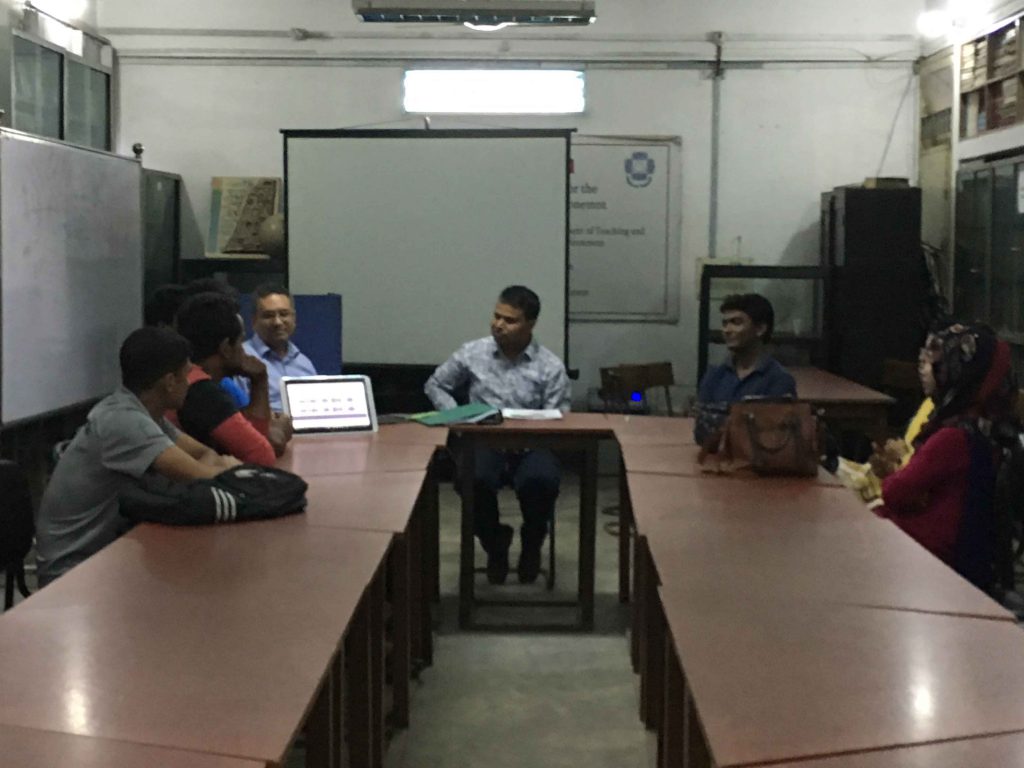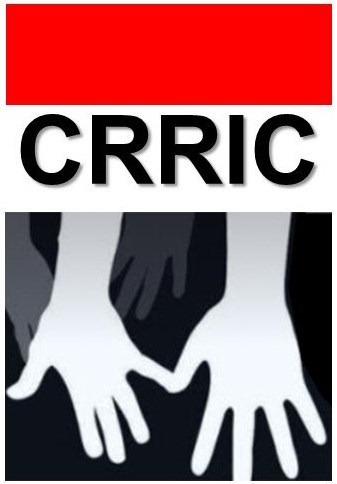THE CHANGING LANDSCAPE OF VIOLENT EXTREMISM (VE) IN BANGLADESH: A VIEW FROM THE MEZZANINE



Research SignificanceThis research is significant on several counts. First, it might enhance our understanding of changing violent extremism phenomenon in Bangladesh to a reasonable extent. Second, it might reveal factors of radicalization (according to popular perception) within the urban living and educated young people. Third, it would inform about the principal actors, their tools, strengths, weakness, success and failures for radicalization intervention in Bangladesh.
Research Question : What drives the affluent, educated, urbanite young people to adopt VE and to what purpose?
Subsidiary Questions
- What is the prevailing perception about extremism among the youth? Is it a global phenomenon with local fall out? What are the 3 main attributes of their perceptions?
- What are the factors that drive radicalization according to the youth? What are the push and pull factors? Does Diaspora community have any influence?
- Are the students of private English educational institutions prone to radicalization? What is the nature and dynamics of faculty-student relationships in dealing with extremism?
- What is the role of social media in extremism? How social media shapes perceptions about extremism and helps extremist recruitment?
- What is the role of religion in driving extremism in Bangladesh? Are there any other ideological motivation available beside religion?
- What could be the best tool to prevent radicalism? Are security actions enough? What could be the role of community (in whatever way it is perceived), educators, and family in intervention?
- What are the hopes, dreams, fears, and worries for the future concerning youth, Bangladesh, and extremism?
Methodology It will be a qualitative research within which ethnography will be used as a principal research approach. Data will be gathered from four primary sources: 1) law enforcement and intelligence communities; 2) higher educational and tertiary institutions; 3) electronic and print media, and 4) think-tank research institutions. One-on-one interviews with volunteer participants including 5-6 focus group discussions/dialogues lasting not more than 40-45 minutes will be the primary data sources. Sample size and participant criteria will be determined after an initial assessment of the research area; however, snowball concept will be preferred that might lead to potential respondents. nVivo 10 will be used for social media data including interview data analysis.
Fieldwork Fieldwork for the research was carried out in two phases in February 2018 and April 2019 in Dhaka and Chittagong, Bangladesh.
Endnote:




